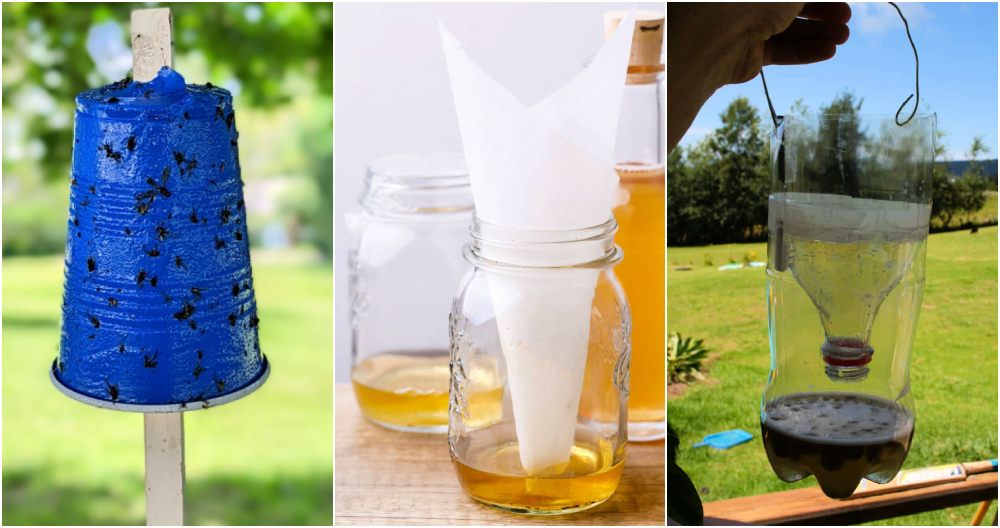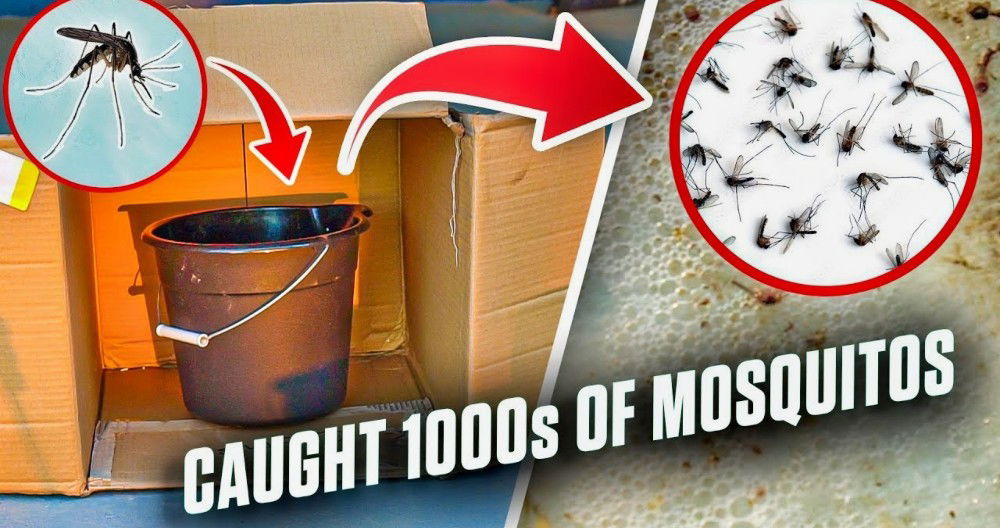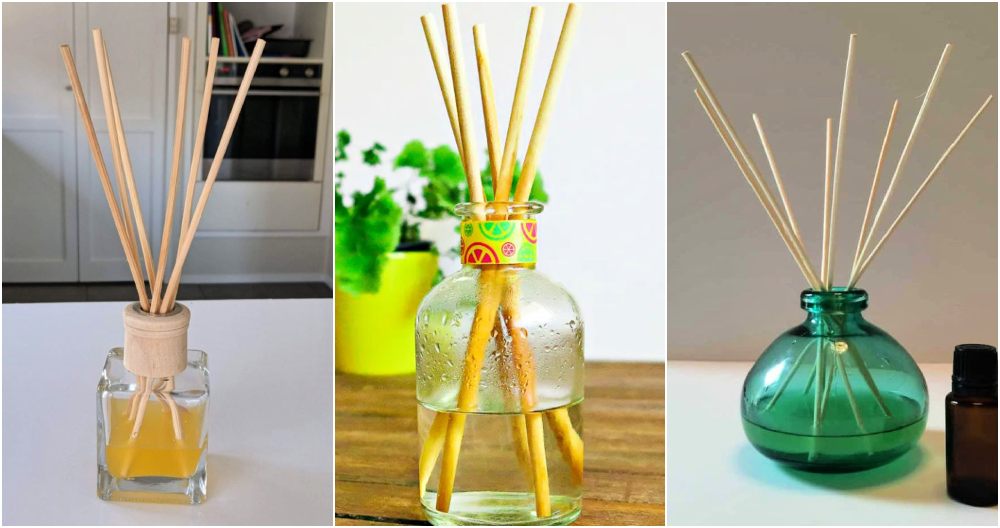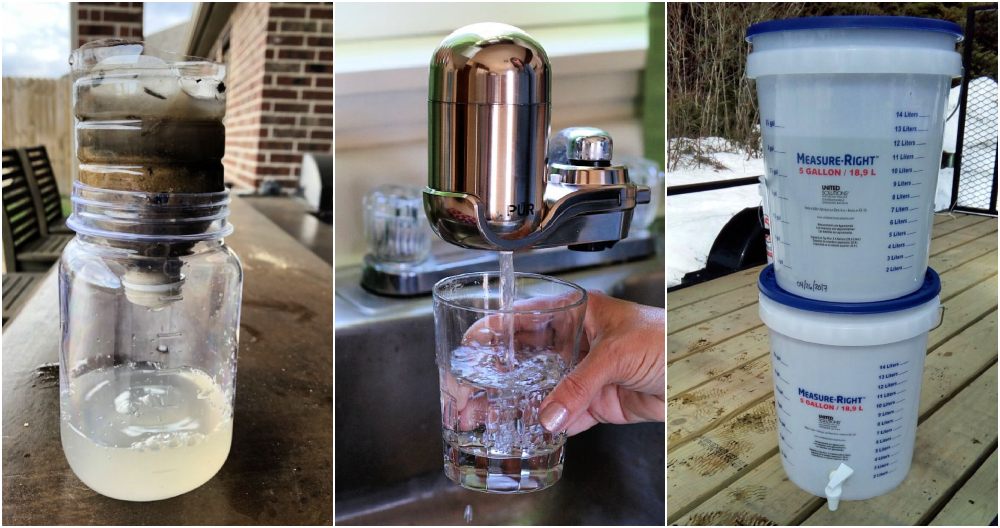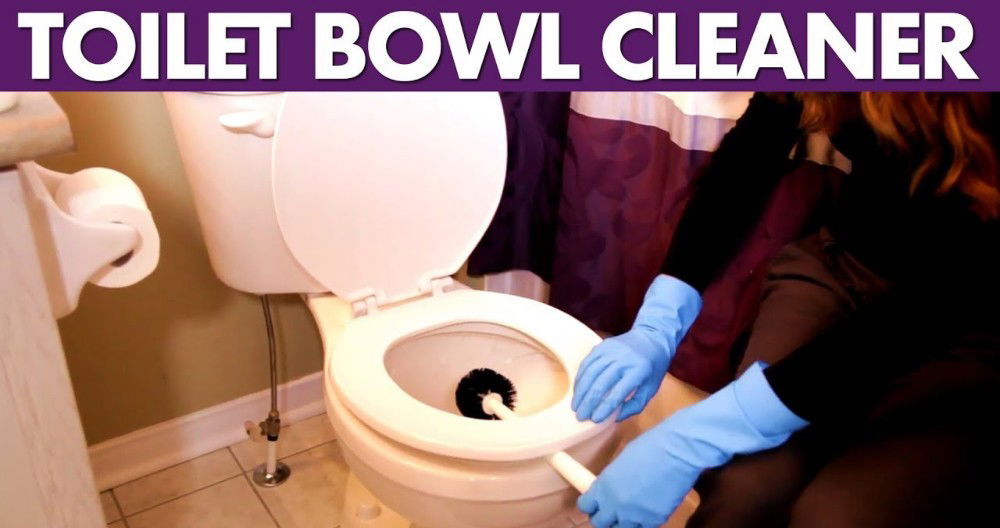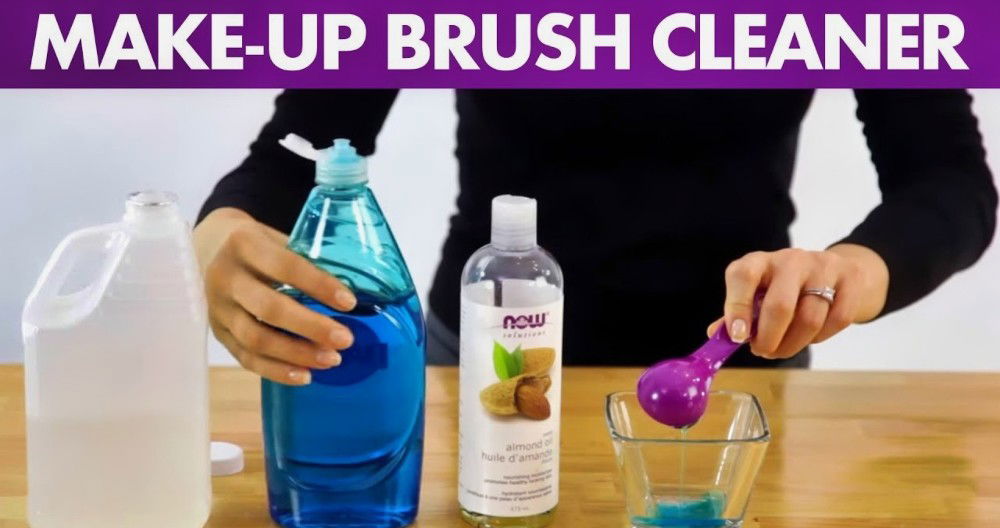Not long ago, my peaceful abode transformed into a battleground against an invasion of gnats. Initially, gnats were just a nuisance limited to comedy bits I'd enjoy. However, the laughter quickly subsided when they swarmed my balcony, overtaking the potting soil of my beloved plants. Driven by desperation, I embarked on a mission to reclaim my space. What follows is a comprehensive guide reflecting on my journey and eventual triumph over these pesky invaders, integrating practical advice with the enriching insights gleaned from Robb's Homemade Life.
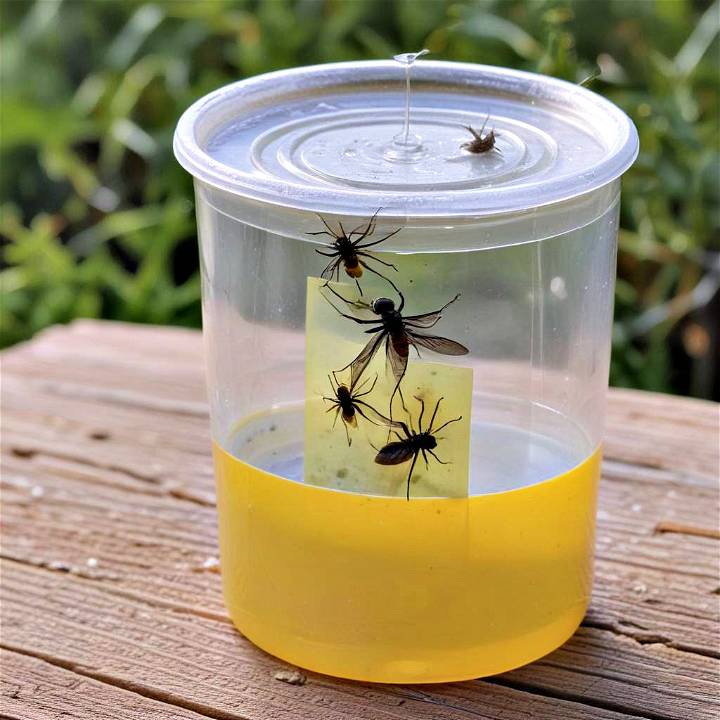
Identifying the Attraction
Possible Culprits
Gnats are attracted to moisture and organic matter. In my case, the moist potting soil on my balcony was the culprit. Other common attractions include:
- Overwatered plants
- Spilled food
- Garbage cans
- Puddles or leaky pipes
Action Step: Identification
To combat gnats effectively, the first step is to identify what's attracting them. Once identified, if possible, eliminate or reduce these attractants. This might involve allowing soil to dry, sealing food better, and fixing leaks.
The Bait Solution
I discovered through research and a bit of experimentation that the most popular solution proposed online was making funnel traps using apple cider vinegar. However, my journey led me to realize a simpler and more efficient method.
Materials and Why They're Needed
- Apple Cider Vinegar: Mimics the scent of rotting fruit, attracting gnats.
- Sugar: Enhances the attractiveness of the bait.
- Liquid Dish Soap: Acts as a surfactant, ensuring gnats that come into contact with the mixture can't escape.
- Water: Needed to dilute the vinegar and dissolve the sugar.
Action Step: Making the Mixture
- Mixing the Bait: Combine 1 part apple cider vinegar with 1 part water, add a teaspoon of sugar, and a couple of drops of dish soap. Stir until the sugar dissolves.
- Placement: Pour the mixture into shallow dishes or lids and place them near the affected areas.
Observations and Adjustments
Initially, I experimented with both funnel traps and open containers. To my surprise, the shallow dishes without funnels were significantly more effective, capturing many more gnats.
Additional Method: The Fan Trap
I also maked a fan trap by attaching tulle fabric over the front of a fan, catching gnats with the airflow. This method further aided in reducing the gnat population on my balcony.
Results and Maintenance
Within a few days, there was a noticeable decrease in gnats. The key to maintaining this success was daily replenishment of the bait mixture in the shallow dishes and consistent use of the fan trap.
Key Takeaways
- Simplicity Wins: Sometimes, the simplest solutions are the most effective. There's no need for complex traps when shallow dishes perform exceptionally.
- Consistency is Crucial: Daily maintenance of your chosen method is vital for long-term success.
- Adjust Based on Observations: Not all methods work equally well in all scenarios. Be prepared to adapt based on what's most effective in your situation.
Troubleshooting Common Issues with DIY Gnat Traps
When it comes to DIY gnat traps, even the best-laid plans can encounter issues. Here's a helpful guide to troubleshoot common problems, ensuring your gnat trap is effective and efficient.
Trap Isn't Attracting Gnats
If gnats aren't flocking to your trap, consider the following:
- Check the Bait: Ensure you're using an effective bait. Overripe fruit, apple cider vinegar, or wine are good options.
- Placement: Move the trap to where gnats are most active, like near plants or fruit bowls.
Gnats Escaping from the Trap
To prevent escapees:
- Seal Entrances: If using a bottle trap, make sure the holes are small enough for gnats to enter but not exit.
- Sticky Surface: Add a sticky substance around the entrance to catch gnats as they land.
Trap Attracts Other Insects
If other insects are being trapped:
- Specific Bait: Use bait that specifically attracts gnats, like diluted apple cider vinegar.
- Location: Place the trap away from outdoor lights that attract other insects.
DIY Trap Safety Concerns
Safety is paramount:
- Non-Toxic Bait: Use safe, non-toxic baits to avoid harm to pets and children.
- Secure Placement: Ensure the trap is placed securely where it won't be knocked over.
By addressing these common issues, your DIY gnat trap will be more effective.
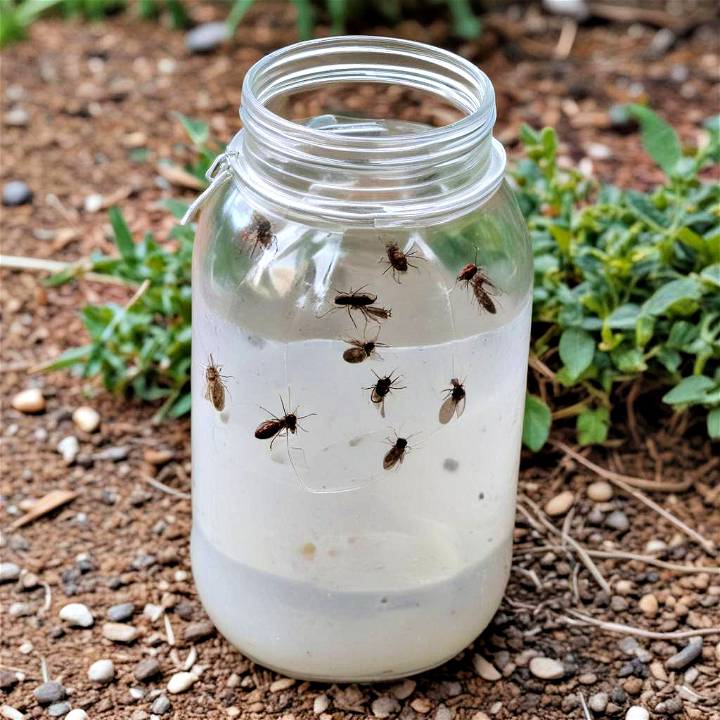
FAQs About DIY Gnat Traps
When making a DIY gnat trap, it's natural to have questions. This section aims to address those queries with clear, concise answers that prioritize your needs and safety.
What is the best bait for a DIY gnat trap?
The most effective baits are those that mimic gnats' natural food sources, such as:
- Apple cider vinegar: Its sweet smell attracts gnats.
- Ripe fruit: Overripe banana or melon pieces are very enticing.
- Sugar water: A simple mixture of sugar and water can work well.
How long does it take for a DIY gnat trap to work?
- Timeframe: It can take a few hours to a couple of days for a trap to start showing results.
- Patience is key: Give the trap some time to attract and capture gnats.
Can I reuse my DIY gnat trap?
- Reusability: Yes, many DIY traps can be reused.
- Maintenance: Clean and refill the bait as needed to ensure effectiveness.
Are DIY gnat traps safe for pets and children?
- Safety first: Most DIY traps are safe, especially those using food-based baits.
- Placement: Keep traps out of reach to prevent spills or accidental ingestion.
How often should I check my DIY gnat trap?
- Regular checks: Inspect your trap every few days to assess its effectiveness and clean or refill as necessary.
By providing straightforward answers to these common questions, you can feel more confident in your approach to DIY gnat trapping.
Final Thoughts
Battling gnats was a learning curve, but through experimentation and patience, I found a system that worked wonders. The process taught me the importance of understanding what attracts pests and addressing the root of the problem, not just the symptoms.
For more insights into pest control and to share a laugh about the gnats saga, check out Kevin Hart's hilarious recount of his own gnat encounter. Just remember, with the right approach, even the most persistent pests can be managed. Stay persistent, and best of luck in your own gnat conquest!


